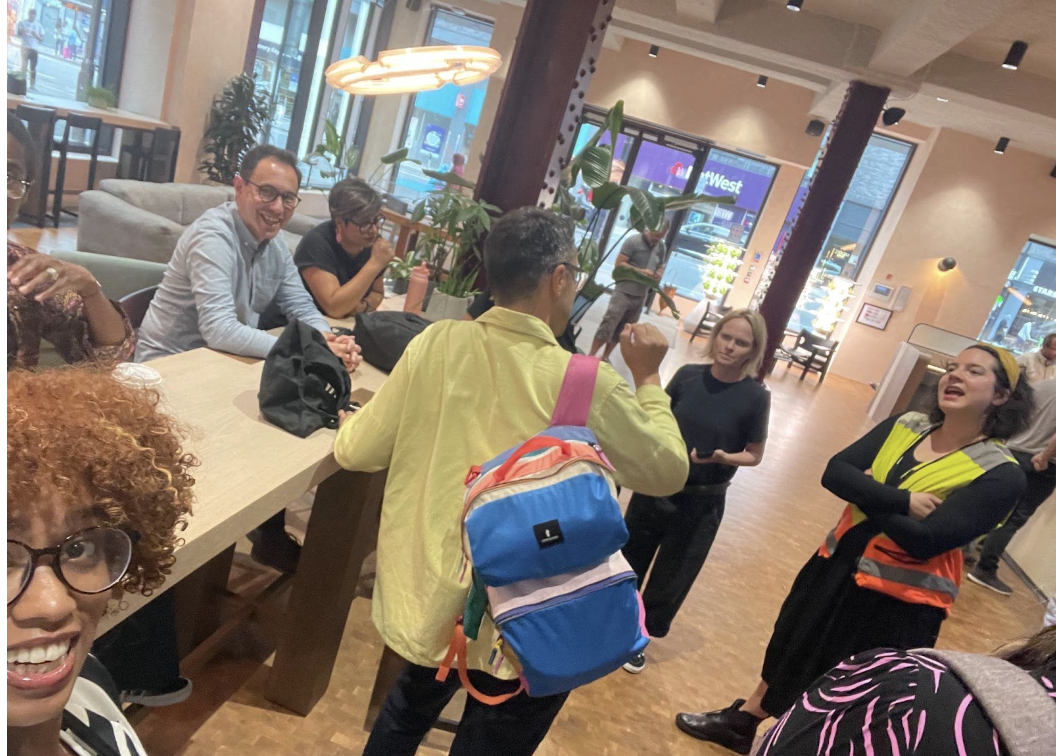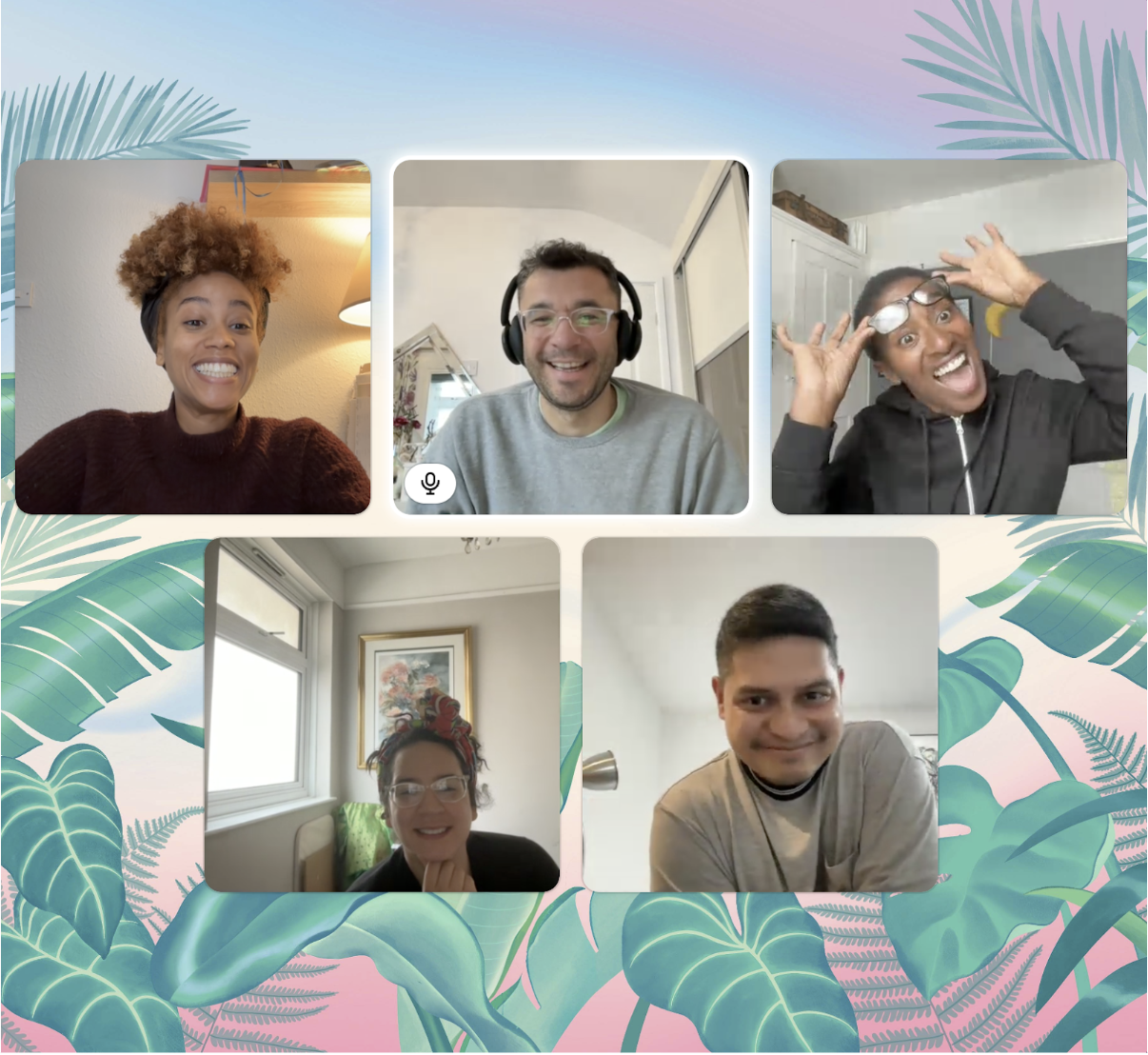Eight weeks ago I embarked on a one year journey I knew would be empowering, interesting, challenging and busy. At the same time, I didn’t really know what to expect from it.
On 18 September 2023, I met my Design Academy colleagues for the first time at TPXimpact’s headquarters in London. There were ten of us, all clueless about what was to come.
I remember being excited at the idea of learning from TPXimpact designers and being grateful for the opportunity.

In that first week, Tash Willcocks (Design Lead – Learning & Development) finally told us the plan for the year:
-
eight weeks of bootcamp
-
two weeks of design sprints
-
nice winter holiday break
-
starting to support client projects in the new year
A dream come true for someone like me, who had been looking for a junior design role for a long time.
The bootcamp itself was a roller coaster experience, packed with growth and learning. We mainly worked on a project in teams and attended learning sessions.

As part of these sessions, we met with Ben Holliday (Chief Designer) for half an hour each week, to talk about ways of working.
Instinctively, I would have thought that the “ways of working” sessions would be the least interesting part of the bootcamp. Instead, I really enjoyed the format – 15 minutes presentation, and 15 minutes discussion. The principles that we explored turned out to be great discussion starters and sources of inspiration.
Now, I don’t believe in gatekeeping knowledge, so here’s three key takeaways I found particularly interesting that I hope can inspire you too.
It takes hard work to make things simple
As designers, we strive to produce simple or intuitive products, services or artefacts. If I think about an iPhone, McDonalds or the London Underground map, they look and feel simple.
But none of the above is the result of luck; the people behind it worked really hard and followed the design process to make it simple.
Although this may seem obvious to many seasoned designers, it’s a really good reminder for when you are on a project and things are really hard, messy or complex. I think it’s good to recognise that making sense of complexity is part of the designer's job and that it is not an easy thing to do.
This reminds me of a time I helped someone frame their problem. They shared all of their thoughts and the intricate connections that only a subject matter expert would know. I went away to make sense of it and when I played it back to them, their eyes lit up.
I had managed to make sense of the mess for them. Yet their words were: “I knew that was the problem!”. They did and they didn’t; that's the beauty of design, in my opinion.
‘Doing’ is the design way of managing risk
This one struck me. I like to think it would strike anyone that has ever worked in an organisation with low design maturity before.
In my previous jobs, I’ve seen first hand what ‘risk averse’ means, and the impact it can have on innovation, diversity, inclusion and, you name it. I’ve seen how it perpetuates the status quo and I’ve written and reviewed risk assessments myself.
On the other hand, I’ve always been excited by how practical and pragmatic design is, with its iterations and prototypes.
So when I heard that:
-
doing is the design way of managing risk
-
not doing is worse than doing, failing and learning from it
-
innovation is just changing the current accepted norm
-
value has to be demonstrated to get buy in
It just made sense.
“Keep going” is a measure of success
As I said before, working with complexity is hard. So when I was told that “keep going” is a way of measuring success, I was hopeful and intrigued.
I was hopeful because, when things get hard, hearing someone cheering you on makes the difference. And I was intrigued because I didn’t know that “keep going” was a unit of measurement – but thinking about it, keeping going means making progress, and progress is measurable.
We all need to be reminded to keep going, that complexity is part of the job and that you always come out the other side with clarity in the end.
Keep going is also a reminder that if you focus too much on the details and forget about the bigger picture, you can’t move forward. Instead, you need to measure your progress against the overall goal while taking the small steps that will lead you there.
You can find out more about our Design Academy in our post introducing the scheme.
Our recent design blog posts
Transformation is for everyone. We love sharing our thoughts, approaches, learning and research all gained from the work we do.

From Manila to London: Navigating cultures in the TPXimpact Design Academy
Ron Digao shares his journey to our Design Academy and his experience in the programme so far this year.
Read more

